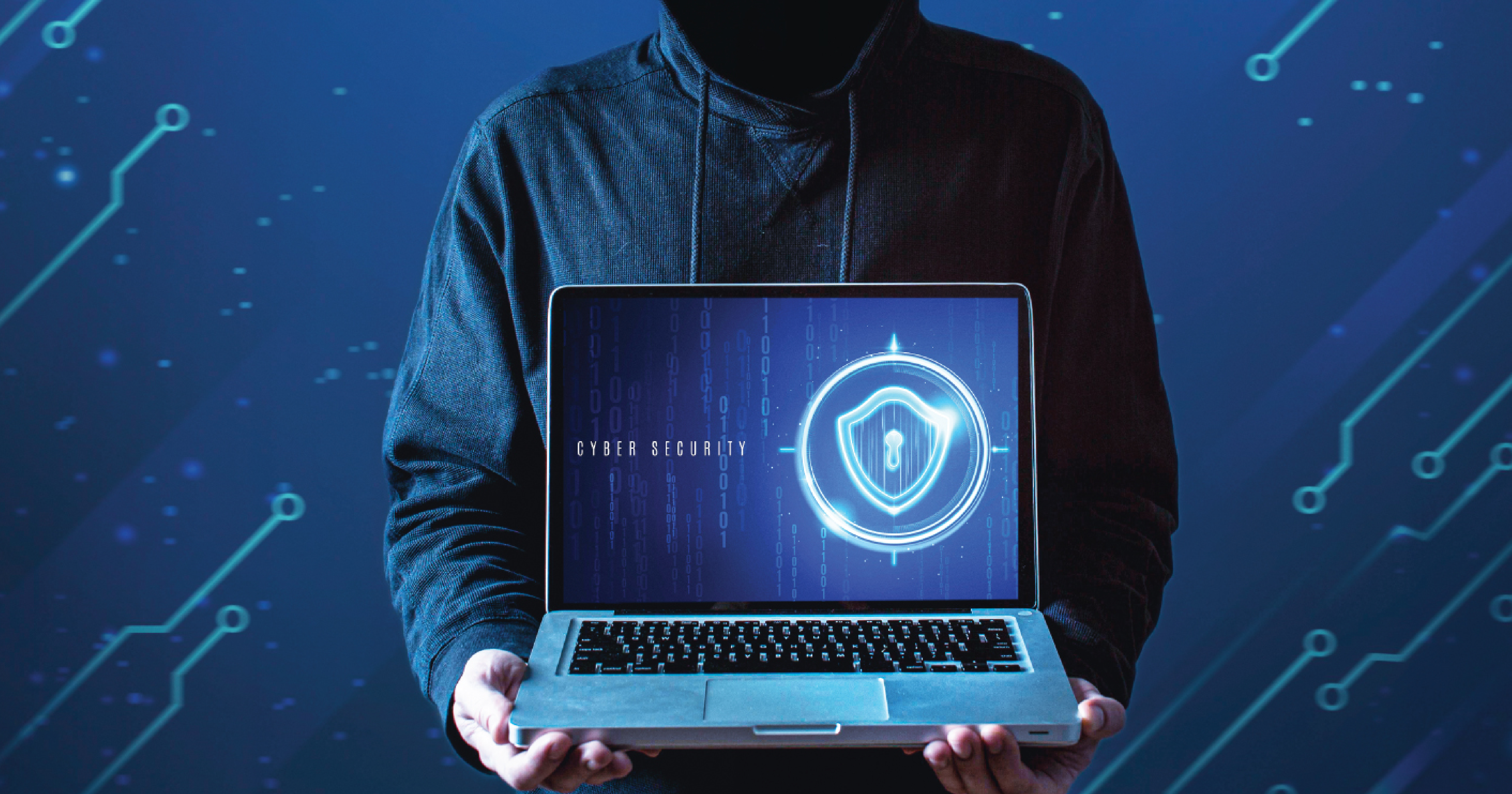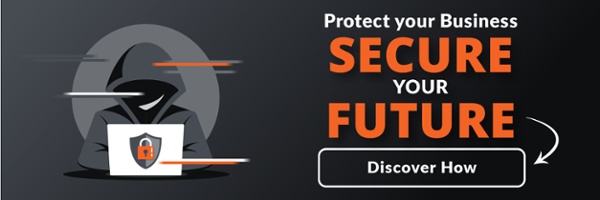
Cybercrime: Everything You Need to Know
When we think of cybercrime, we imagine a shady man covered in a hoodie working secretly in a basement hacking all computer systems. However, that is merely a fantasized perception of the harsh reality. Cybercrime is a well-planned, organized, and professional activity performed in plain sight. A few short examples of cybercrime include: buying and selling illegal software and malware or hacking servers that cost billions of dollars to individuals and organizations worldwide.
To be precise, cybercrime is any crime carried out using computers or electronic gadgets with internet services. The wide access of internet connectivity has opened opportunities for hackers to consume information and gain a broader surface area to attack. So, is cybercrime always conducted by an individual? No! The primary aim of cybercrime is to damage computers for profit and it can be done by organizations too. It's good practice to stay up to date on what a cyber attack looks like.
 Common Examples of Cybercrime
Common Examples of Cybercrime
Cybercrime varies according to the intent of individuals or organizations. Below are some of the most common types of cybercrime and their effects:
- Malware - Malware is a virus that infects computers, corrupts files, and interferes with the general functioning of the system by replicating itself. The main aim of malware viruses is to confine malicious software, codes, or program and steal or damage data to make money out of it or bargain on another set of data. Malware also includes ransomware which means you need to pay ransom (pay money for what's been stolen) to decrypt data that has been changed or locked by hackers.
-
Phishing - Phishing includes sending spam mail or any other forms of communication that tricks recipients to share their personal information or download unwanted applications. Phishing often occurs online, but can be conducted offline via phone or text. Spear-phishing is another type of campaign that tricks specific targets into putting the individual or organizational security at risk. Such campaigns are crafted to look trustworthy and do not contain any clues to show they are a jest.
-
Identity Theft - Identity theft is a crime in which the attacker uses fraud to obtain access to personal data. One way to accomplish this is by phishing, which is used to access personal information by sending fraudulent messages and links to sites where victims have to disclose their personal information like usernames and passwords. Pharming is another method that uses malware to redirect users to fake websites where victims pass on their detailed information. A final method is Keylogging, which stores all critical information that you type for cybercriminals to access it. If you connect to an unsecured network in a public space, hackers can steal data by sniffing through internet traffic using a specific tool.
- Cyber Bullying and Extortion - Cyber bulling includes harassment with an aim to harm and exploit targeted individuals. This takes on different forms, such as sexual harassment or stalking online. A perfect example of cyberbullying is hacking someone's social media account and creating fake posts. Similarly, cyber extortion is similar to a digitalized version of money extortion. Hackers hold your data, website, or computer system and make you their hostage until you meet their demands for payment. Cybercriminals blackmail victims by reveling their personal information, photographs, and videos and then ask for a huge ransom. Cyber extortion is common in business after attackers bring down the system of network.
- Crypto Jacking - This is a method hackers use to break into a device and use it to mine cryptocurrency without consent or personal knowledge. Crypto miners use JavaScript to infect a device after a user visits the infected website. As a result, the user will incur huge bills and performance issues and inflate profits for cybercriminals.
Origin of Cybercrime
Early in the 1800's when telephones were introduced and technology was growing, cybercrime was on the rise. Then, with the birth of the internet, email, and e-commerce in the last 30 years, cybercrime has reached new heights and cybercriminals have found new ways to trick people for their profit. Therefore, as an internet, mobile and computer user, you are prone to cyberattacks, with the most common platforms being email, social media, and e-commerce sites. It's hard to even contemplate a world without the need of cybersecurity.

Laws Governing Cybercrime
Every country has its own set of rules when it comes to punishment for cybercrime. Even today, government and rule making bodies are constantly revisiting cybercrime laws, as cybercrime seems to be evolving with the penetration of internet and other devices into our lives. If you believe you have been a victim of cyber crime, then it is necessary to report the case to relevant authorities and file police complaint. For the U.S., the SACA was recently signed into law. The SACA changes the obligations of companies to report cybercrime as they happen.
 How to Protect Yourself From Cybercrime
How to Protect Yourself From Cybercrime
- Be careful opening emails from unidentified senders. They may contain undefined links or attachments to catch hold of your data.
- Make sure to visit official websites for reliable information.
- Avoid connecting to Wi-Fi in public spaces because they might be unsecured and unencrypted.
- Always use strong and unique passwords that are a combination of letters, numbers, and symbols.
- Install an antivirus that will throw warnings when you try to hover over a spam website.
- Cybercriminals will not be able to trace or get your IP address if you are using a VPN.
- Backup your data on a cloud to avoid losing sensitive documents.
For more information on how to protect your business with cybersecurity, visit Why Cybersecurity is Now a Business Essential and learn how to secure what's most at risk.
Wrapping Up
Since the connectivity in the world is constantly evolving and improving, cybercrime will continue to be a problem as illustrated above. Thankfully, we have tools to handle online threats that have the potential to avoid cybercrimes to an extent. If you are looking for more ways to improve your business's cybersecurity, check out these 5 easy ways to start.
Protect yourself from cybercrime by using an antivirus, password manager, and VPN and cloud backup services. As long as you follow these steps, you are more likely to be safe from such crimes. In Time Tec believes that prevention is better than cure and can help protect your business.

